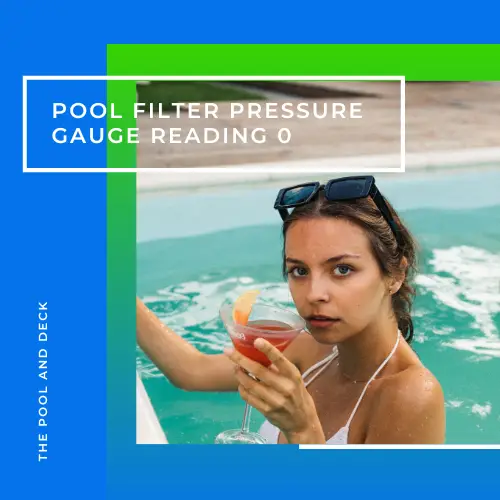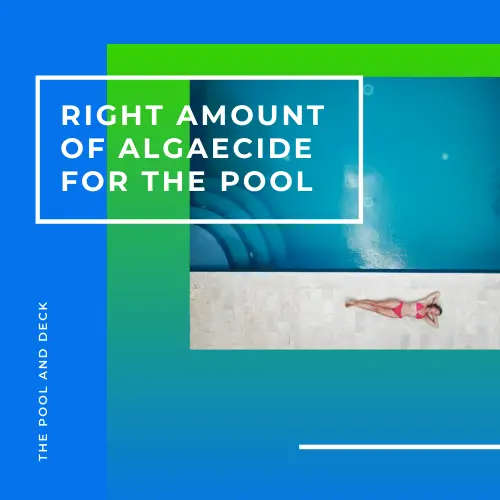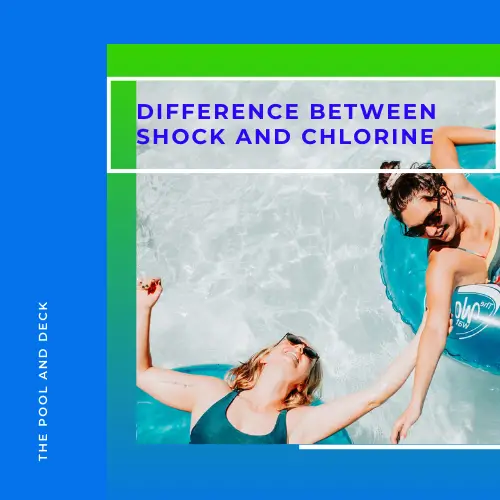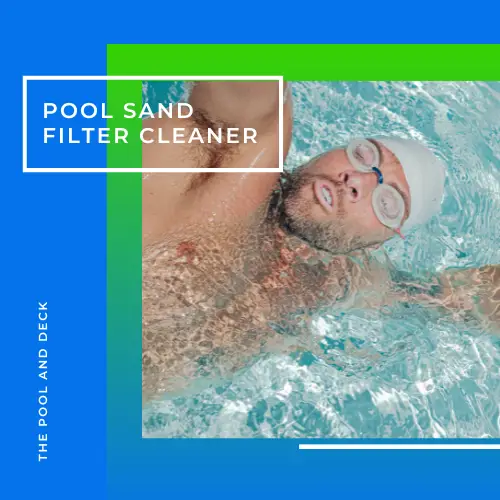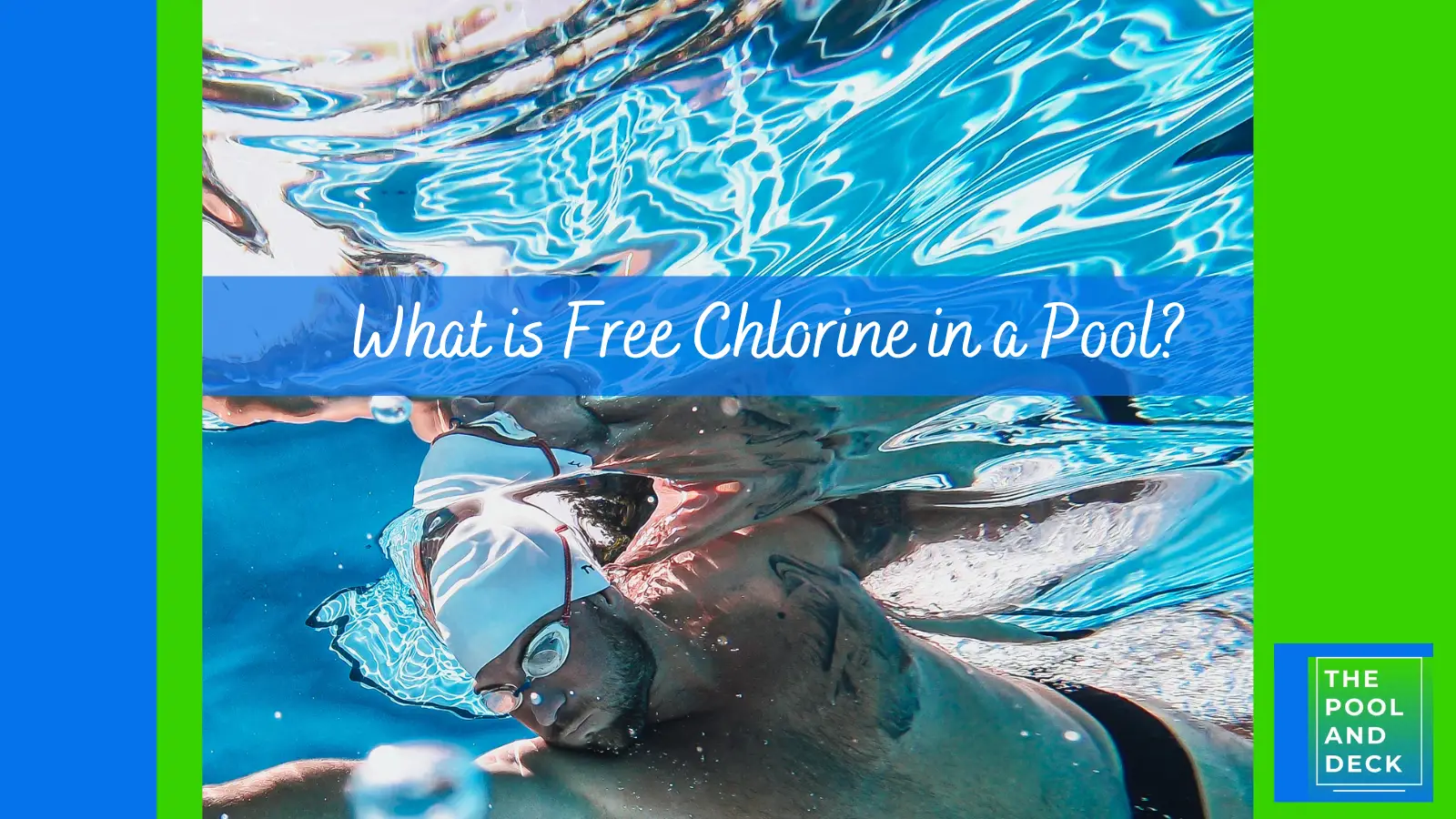Pool Alkalinity Too High: Cause, Effect & Solution
thepoolanddeck.com is a participant in the Amazon Services LLC Associates Program, an affiliate advertising program designed to provide a means for sites to earn advertising fees by advertising and linking to Amazon.com . The website is also an affiliate of a few other brands. The affiliate links never increase your purchase price. We do appreciate your support. Thank you very much!
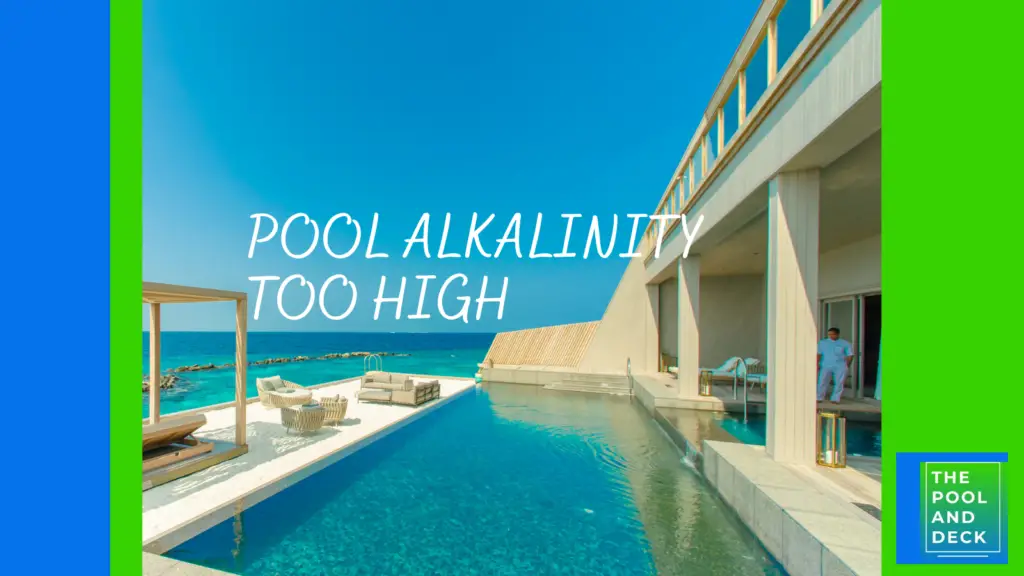
Is your pool alkalinity too high? Pool alkalinity needs to within the recommended range. Both, pool alkalinity too high and pool alkalinity too low are not desirable conditions as they will have an adverse effect on the pool water quality. You need to fix it as soon as possible.
Maintaining balanced pool chemistry is essential for ensuring a safe and enjoyable swimming environment.
The chemical composition of pool water directly affects its clarity, cleanliness, and overall quality. Properly balanced pool chemistry prevents the growth of microscopic pathogens, protects pool equipment from corrosion, and safeguards the health of swimmers.
Pool alkalinity, referred to as Total Alkalinity (TA) is a key component of the 5 important pool water chemistry parameters; namely chlorine, CYA, pH, TA and calcium hardness.
Total Alkalinity (TA) acts as a buffer against pH fluctuations, helping to stabilize the water’s acidity. The effectiveness of chlorine, the primary disinfectant in pools, is a function of the pH level.
If you are a new pool owner, you may not be fully aware of the importance of having pool alkalinity too high. Truth be told, many experienced pool owners still get confused between alkalinity and pH.
New pool owners will benefit a lot by reading my earlier blog post, Pool Chemistry for Beginners: With 5 Super Helpful Cheat Sheets!
In this article, I will explain alkalinity and the importance of keeping pool alkalinity within the recommended range. The article will also answer the question, pool alkalinity too low: why and what to do?
Table of Contents
What Is Pool Alkalinity?
The complete name for pool alkalinity is Total Alkalinity (TA). Total Alkalinity (TA) is the quantity of alkaline particles, mainly bicarbonates, in the water and is measured in parts per million (ppm).
Alkalinity acts as a buffer, stabilizing pool water pH. The effectiveness of chlorine and other sanitizers, as well as swimmer comfort is a function of the pH level and indirectly the TA level.
Since, Total Alkalinity acts as a buffer, helping to stabilize and prevent rapid changes in pH levels, TA is, in a way, a measure of the ability of pool water to resist changes in pH.
Maintaining pool alkalinity level within the recommended range prevents rapid pH fluctuations that can lead to corrosive or scale-forming conditions. The recommended range for Total Alkalinity (TA) is 80 – 120 ppm.
You should consider pool alkalinity too high if TA exceeds 150 ppm.
What Makes Pool Alkalinity Too High?
Pool alkalinity can increase due to several factors, including:
- Replacement water: Water with high carbonate content, especially hard water, can introduce excess carbonates, gradually raising alkalinity levels.
- Alkaline chemicals: Overuse or improper use of alkaline-based pool chemicals, such as sanitizers or pH adjusters, can lead to unintended spikes in alkalinity.
- Rainwater: Carbonate-rich rainwater can increase pool alkalinity over time.
- Airborne debris: Dust, leaves, and other airborne particles may carry alkaline substances, contributing to alkalinity imbalances.
What is the Effect of Having Pool Alkalinity Too High?
High pool alkalinity can have detrimental effects on pool chemistry, equipment, and swimmers alike:
Imbalance in pH Levels
Excessive pool alkalinity disrupts pH balance, leading to elevated pH levels. This alkaline water reduces chlorine efficiency, causes cloudiness, and compromises overall water quality.
Pool Equipment Damage
When pool alkalinity is too high, you will notice scale deposits formation on pool walls, ladders, plumbing, pumps and filters. The deposits may result in the pump being required to work harder to maintain the desired water flow.
Equipment such as pool liners, ladders, etc will look prematurely old and reduce the visual appeal of your pool.
Swimmer Discomfort
Elevated alkalinity can cause skin and eye irritation among swimmers. It can also impair sanitizer effectiveness, increasing the risk of exposure to harmful microorganisms.
Pool Alkalinity Too High: How to Lower It?
There are two chemicals that can be used to lower pool alkalinity. Muriatic Acid acts fast but needs careful handling. Sodium Bisulfate works fine too and is safer.
Using Muriatic Acid
Muriatic acid is a strong acid that is effective at lowering alkalinity. To use muriatic acid safely, follow these steps:
- Turn off the pool pump and wait for an hour.
- Calculate the amount of muriatic acid needed based on the size of your pool and the current alkalinity level.
- Slowly pour the muriatic acid into the pool water in multiple locations.
- Turn on the pool pump and let it run for at least 24 hours.
- Test the alkalinity level again after 24 hours. Repeat steps 2-5 until the alkalinity level is within the recommended range.
Recommended Muriatic Acid
Acid Blue Muriatic Acid by CPDI
Vapor Reduction Technology reduces up to 90% of harmful vapors compared to standard muriatic acid.
Using Sodium Bisulfate
Sodium bisulfate, also known as dry acid, is another effective way to lower pool alkalinity. To use sodium bisulfate, follow these steps:
- Turn off the pool pump and wait for an hour.
- Calculate the amount of sodium bisulfate needed based on the size of your pool and the current alkalinity level.
- Dissolve the sodium bisulfate in water in a bucket.
- Slowly pour the sodium bisulfate solution into the pool water in multiple locations.
- Turn on the pool pump and let it run for at least 24 hours.
- Test the alkalinity level again after 24 hours. Repeat steps 2-5 until the alkalinity level is within the recommended range.
Thank you very much for reading the post. I do hope you found it informative and helpful.


